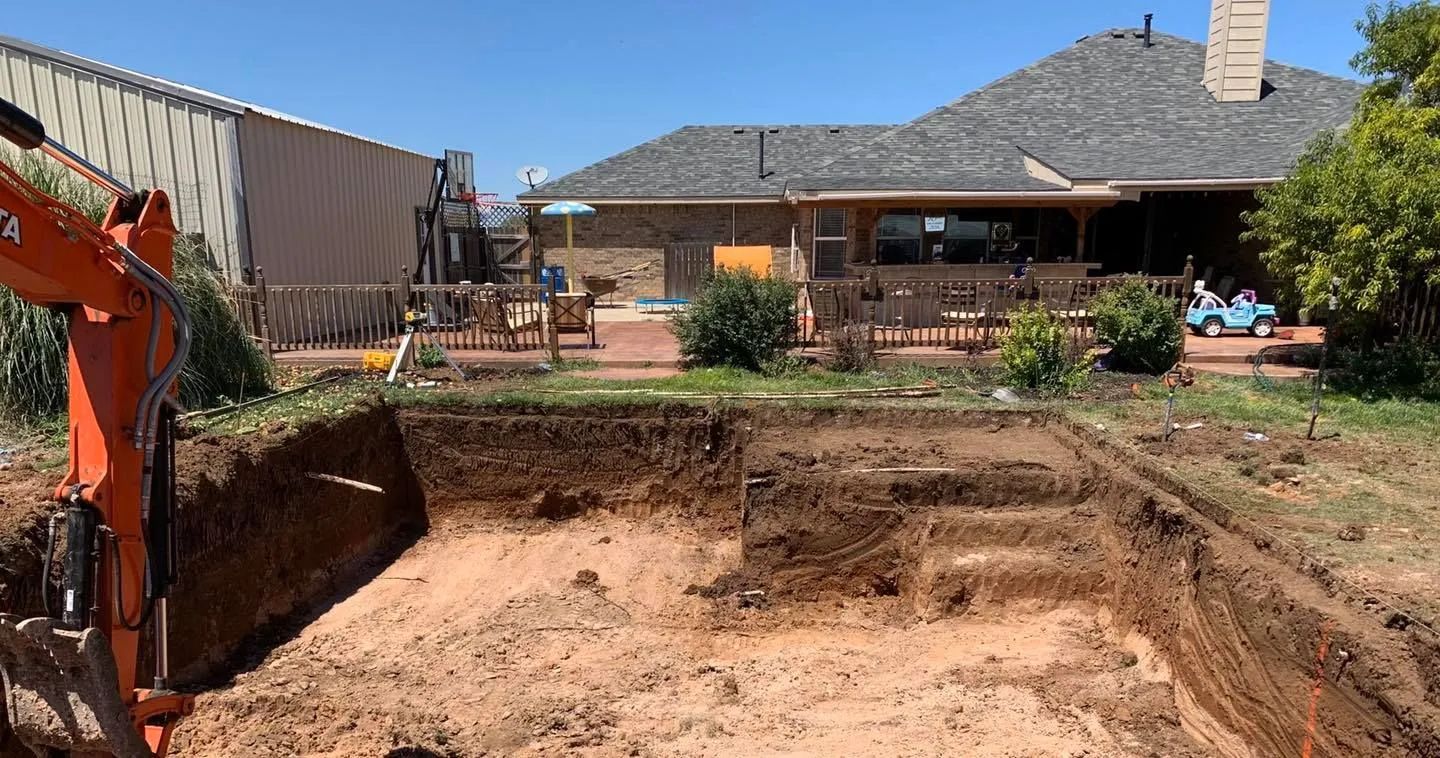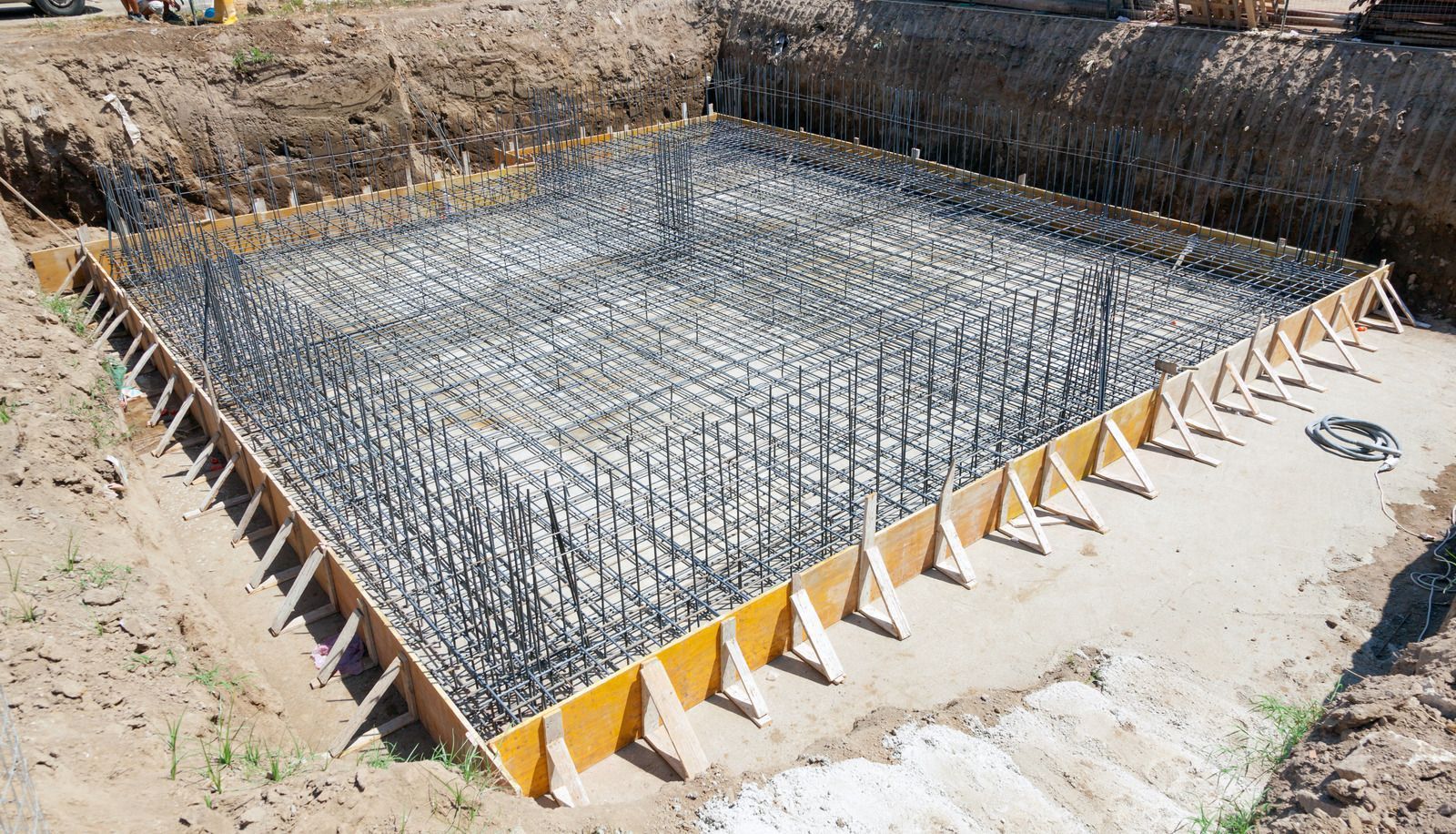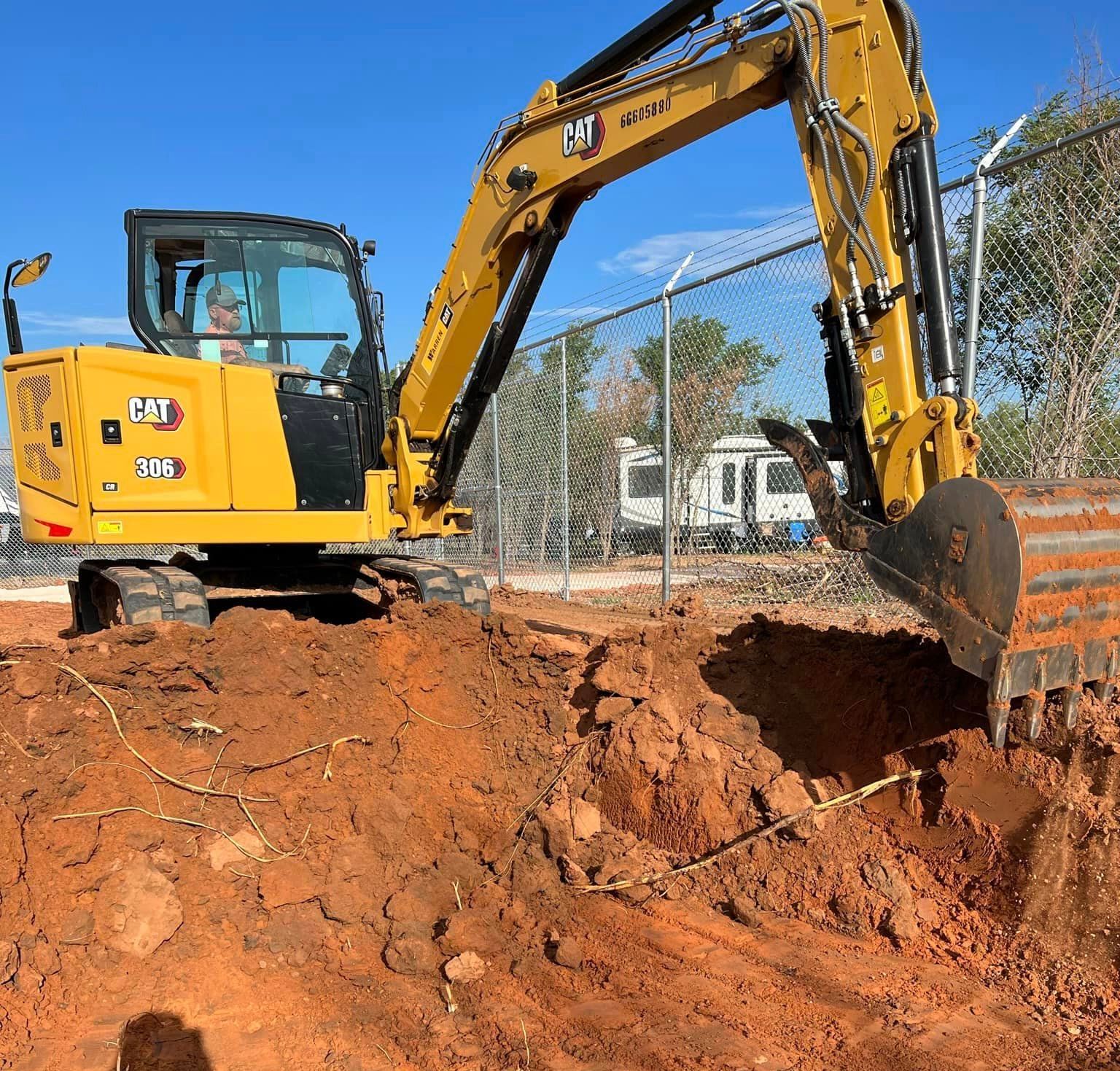Understanding Excavation: A Comprehensive Overview
Excavation is far more than just moving dirt—it’s a foundational process that underpins countless construction, landscaping, and infrastructure projects. From digging trenches for utilities to clearing land for new buildings, excavation sets the stage for everything that follows. A proper understanding of excavation helps ensure safety, efficiency, and long-term durability. Whether you're a homeowner planning a backyard transformation or a developer launching a commercial build, knowing what goes into excavation can help you make informed decisions and hire the right team.
The process requires more than heavy machinery—it demands knowledge of soil behavior, environmental conditions, and project planning. Professional excavation also involves working within local codes and regulations to prevent costly setbacks. When done right, excavation creates a strong, reliable foundation that supports lasting structures and systems. In this blog, we’ll explore the essentials of excavation, the types involved, the tools used, the safety protocols, and the value of hiring experienced professionals.
1. What is Excavation?
Excavation involves the removal of earth, rock, or other materials from a site to create an open face, hole, or cavity. It’s often the starting point of construction, serving to prepare the ground for foundations, trenches, roads, pipelines, or landscaping. Depending on the project scope, excavation can vary from minor grading to deep trenching or site clearing for large buildings.
2. Types of Excavation Projects
There are various types of excavation depending on the nature of the project:
- Topsoil Excavation: Removing surface soil for better foundation work.
- Earth Excavation: Digging below the topsoil to reach the soil suitable for foundations.
- Rock Excavation: Involves breaking and removing solid rock, often requiring special equipment.
- Trench Excavation: Long, narrow digs for installing utilities like water, sewer, or gas lines.
- Cut and Fill: Balancing earth removal and placement to create level surfaces.
3. Equipment and Techniques
Successful excavation demands the right tools. Excavators, bulldozers, skid steers, trenchers, and compactors all play roles in different phases of dirt work. Laser-guided systems and GPS technology are also increasingly used for precision grading and planning. Experienced operators utilize these tools to move earth efficiently while minimizing disruption to surrounding areas.
4. Safety and Regulations
Excavation can be hazardous if not properly managed. Cave-ins, underground utility strikes, and equipment accidents are real risks. That’s why safety training, site inspections, and adherence to OSHA (Occupational Safety and Health Administration) standards are non-negotiable. Excavating contractors must also be well-versed in local permitting, utility location services, and soil classifications to ensure compliance and safety.
5. Importance in Construction and Beyond
Without proper excavation, foundations may settle unevenly, drainage can fail, and structures could be compromised. Beyond construction, excavation is crucial in agricultural land development, erosion control, and even in environmental remediation. It’s the invisible work that makes everything else possible—done right, it saves time, money, and future headaches.
Trust the Experts in Excavation
When it comes to dependable excavation services in the Texas Panhandle, Coles Custom Dirt Work stands out as a trusted name. With over 10 years of hands-on experience, we proudly serve Amarillo, Canyon, and Borger, Texas, delivering precise, safe, and efficient dirt work for projects of all sizes. Whether you need residential site prep, trenching, grading, or large-scale excavation, our team brings a commitment to excellence backed by local knowledge and industry expertise. Contact Coles Custom Dirt Work today to get your project off to a solid start—literally.



